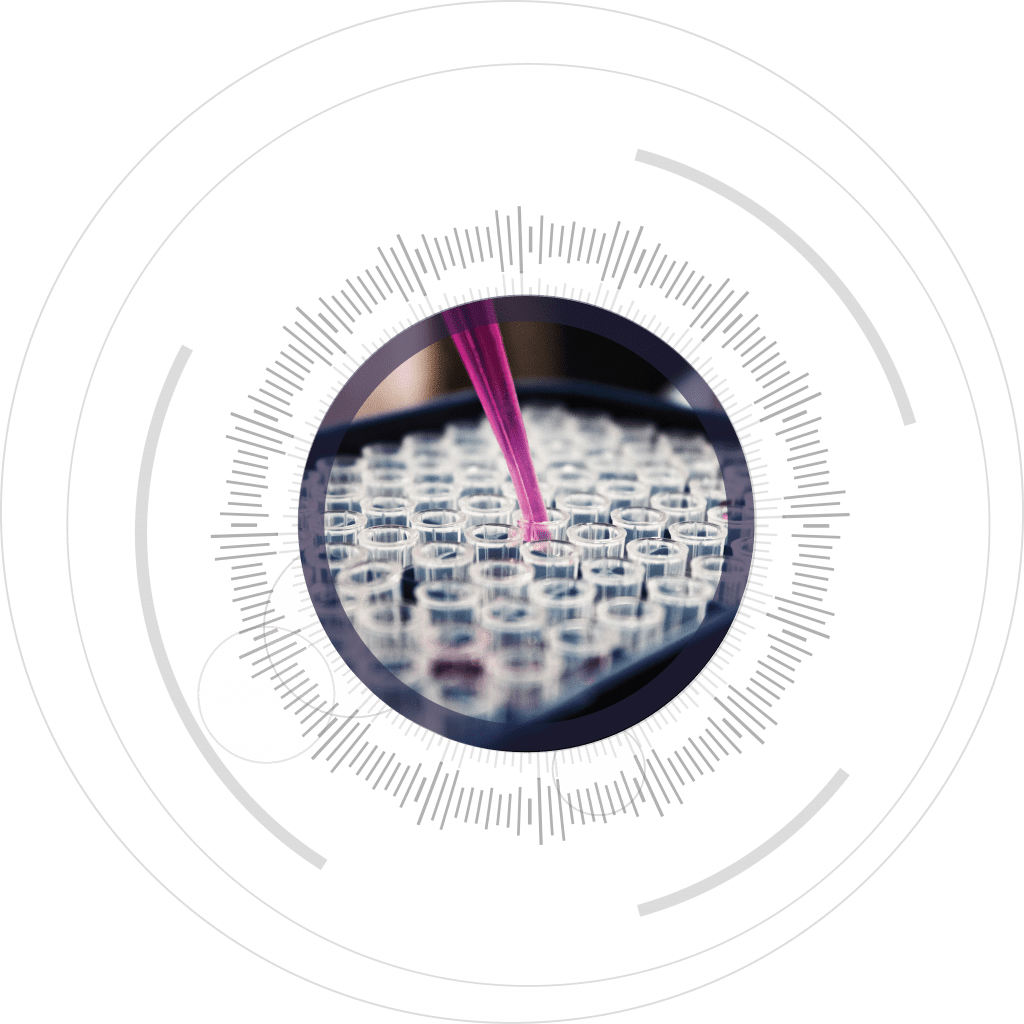OUR TECHNOLOGY
PCR and Fragment Analysis
A technique used to amplify a specific piece of DNA or RNA from a sample.


Polymerase Chain Reaction (PCR) is a technique used to amplify a specific piece of DNA or RNA from a sample. PCR can be used to detect certain chances in gene or chromosome. Fragment analysis is a genetic marker analysis which rely on the detection of the changes in the length of a specific DNA sequence to indicate the presence of absence of a genetic marker.
How does Fragment Analysis Works? [4]
NGS is able to detect ALL known variants and any actionable gene mutations (with established targeted therapy drug available). It helps to:
• Avoid unnecessary ‘trial and error’ of medication, unnecessary cost and waste of time trying to find the drugs that work
• Identify ‘drugg-able’ mutations and treat with the right drug
• Detect genetic changes with high sensitivity (>99% on targets) and accuracy (100% coverage)
• Monitor disease progression through retrievable personal database in Oncode
• Identify family risk for cancers if indicated
Step 1
Labeling fragments with fluorescent dyes
Step 2
Amplification of labeled fragments using PCR
Step 3
Separating the fragments by size using Capilary Electrophoresis (CE)
Step 4
Data analysis using software
References
1. Lovly, C., Berger, M. & Vnencak-Jones, C. (2016). Circulating tumor DNA. My Cancer Genome.
2. National Cancer Institute (2017). Liquid biopsy: Using DNA in blood to detect, track, and treat cancer. National Cancer Institute.
3. Behjati, S., & Tarpey, P. S. (2013). What is next generation sequencing? Archives of Disease in Childhood. Education and Practice Edition, 98(6), 236–238.
4. The Tayside Centre for Genomic Analysis (2014). Fragment analysis.
5. MRC-Holland-MLPA- an introduction.
OUR TECHNOLOGY
PCR and Fragment Analysis
A technique used to amplify a specific piece of DNA or RNA from a sample.


Polymerase Chain Reaction (PCR) is a technique used to amplify a specific piece of DNA or RNA from a sample. PCR can be used to detect certain chances in gene or chromosome. Fragment analysis is a genetic marker analysis which rely on the detection of the changes in the length of a specific DNA sequence to indicate the presence of absence of a genetic marker.
How does Fragment Analysis Works? [4]
NGS is able to detect ALL known variants and any actionable gene mutations (with established targeted therapy drug available). It helps to:
• Avoid unnecessary ‘trial and error’ of medication, unnecessary cost and waste of time trying to find the drugs that work
• Identify ‘drugg-able’ mutations and treat with the right drug
• Detect genetic changes with high sensitivity (>99% on targets) and accuracy (100% coverage)
• Monitor disease progression through retrievable personal database in Oncode
• Identify family risk for cancers if indicated
Step 1
Labeling fragments with fluorescent dyes
Step 2
Amplification of labeled fragments using PCR
Step 3
Separating the fragments by size using Capilary Electrophoresis (CE)
Step 4
Data analysis using software
References
1. Lovly, C., Berger, M. & Vnencak-Jones, C. (2016). Circulating tumor DNA. My Cancer Genome.
2. National Cancer Institute (2017). Liquid biopsy: Using DNA in blood to detect, track, and treat cancer. National Cancer Institute.
3. Behjati, S., & Tarpey, P. S. (2013). What is next generation sequencing? Archives of Disease in Childhood. Education and Practice Edition, 98(6), 236–238.
4. The Tayside Centre for Genomic Analysis (2014). Fragment analysis.
5. MRC-Holland-MLPA- an introduction.
